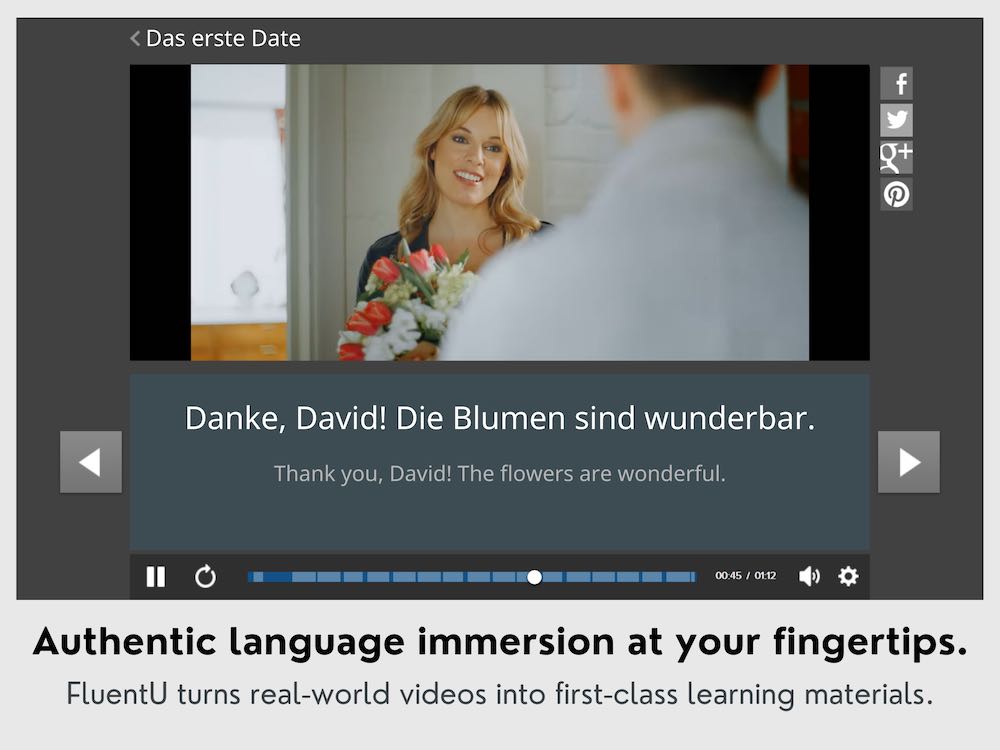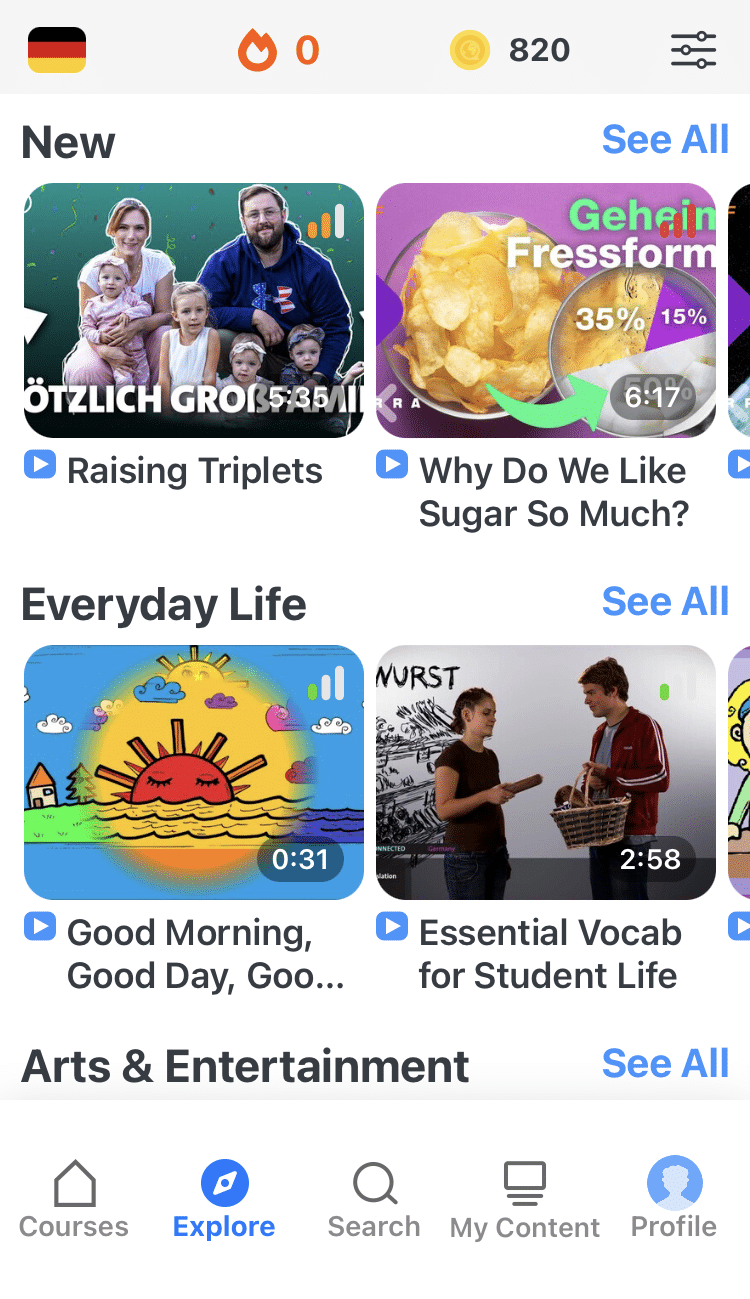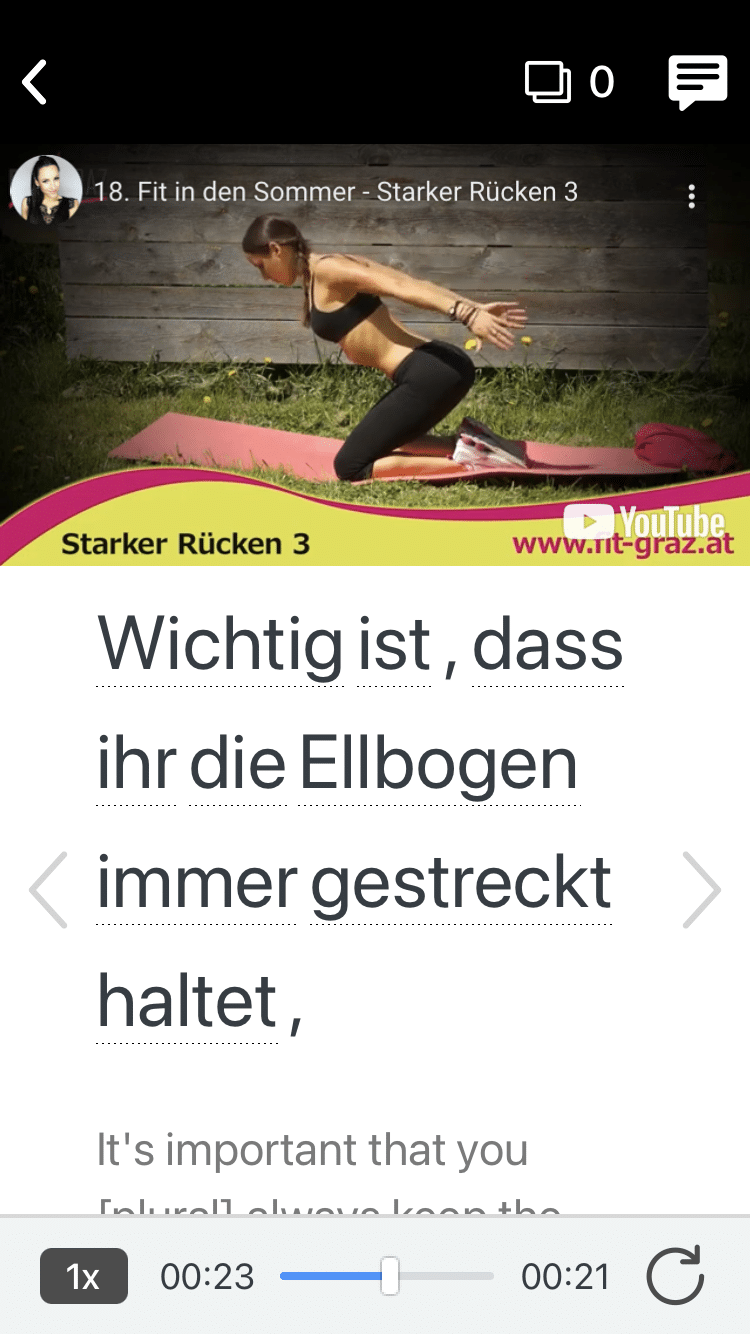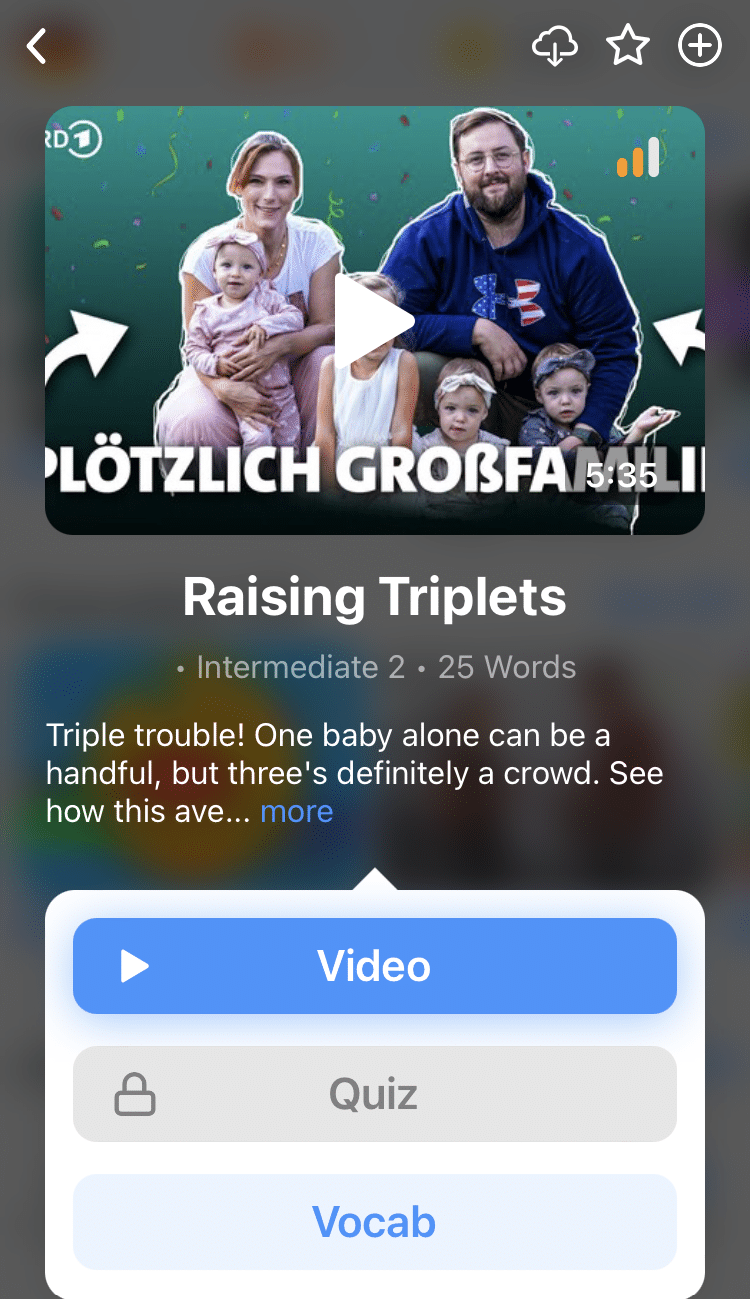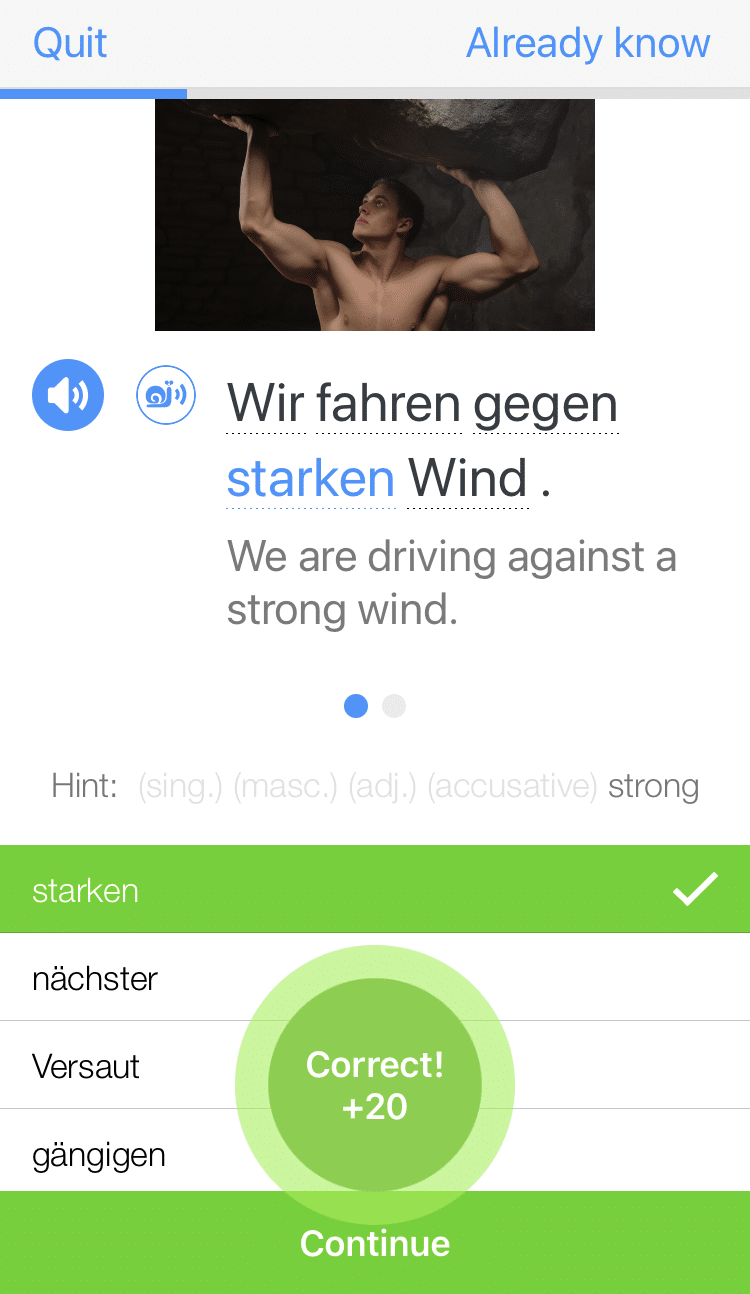
7 Fun Facts About the German Language
All work and no play makes Hans a dull boy.
Up to your bleary eyeballs in German articles and long compound nouns?
Or maybe you’re just starting your German journey and feeling a bit overwhelmed.
It helps to remember that the German language can be fun, too!
We’ve collected some of our favorite German fun facts to spark your curiosity in the language. They’ll remind you what makes this such an interesting and valuable language to learn, even when the going gets tough!
So sit back, take a breather and relax with these interesting German language fun facts.
Download: This blog post is available as a convenient and portable PDF that you can take anywhere. Click here to get a copy. (Download)
7 Fun Facts About German That’ll Spark Any Language Learner’s Curiosity
1. German Is the Most Common Native Language in the European Union (EU)
With more than 100 million native speakers, German is the most common native language spoken in the EU. There’s even a push on to make German one of the working languages of the EU.
It’s not surprising that it’s so common, given that it’s the only official language in three countries (Germany, Austria and Liechtenstein) and ranks as an official language in another three (Switzerland, Luxembourg and Belgium).
German also ranks highly as a national minority language in yet another four countries (Poland, Denmark, Italy and Hungary).
See the country profiles on the BBC Languages page for more information on each.
2. German Has Its Own Letter Called the “Sharp S”
While German shares mostly the same alphabet as English, it does have a special letter: ß. This letter is known as the scharfes “s” (sharp “s”). It looks almost like a capital B, but it’s definitely not.
It’s actually a short-form for the consonant blend “sz” known in German as Eszett. Interesting to note—it was 2017 before this unique letter ever got a capitalized version, ẞ.
Speaking of which…
3. German Writing Got a Major Overhaul in 1998… and Again in 2006!
In German, this overhaul is known as neue Rechtschreibung (new correct writing). The main goal of the overhaul was to standardize spelling and punctuation across all German-speaking countries.
Germany, Austria, Switzerland and Liechtenstein all signed onto the changes in Vienna in 1996, whereas Luxembourg did not. It did however adopt the reforms more gradually.
Key areas of change included:
- Capitalization: Specifically, when using second person pronouns such as du (you, singular informal) and ihr (you, plural informal) a capital letter was no longer necessary. This was amended in 2006 to allow for a capital letter in personal correspondence. All nouns are still capitalized.
- Spelling: It’s more common now to see words spelled with a double or triple “s” as opposed to ß. For instance, muß (must) has become muss and ißt (eat) has become isst.
Not every German ß had to go. Those in common words such as Straße (street) and groß (big) got to stay. Mainly, those that followed a long or voiced vowel got to stay.
The triple “s” now comes into play when before there would’ve been a ß followed by “s,” as in Schlossstaße (Castle Street). Prior to the writing reforms, this was written as Schloßstraße. But since the “o” in the first syllable is short, it has had to change to “ss.”
4. German Time Is Always Looking 30 Minutes Ahead
The half-hour mark in German refers to the next hour coming up, not the previous one as is the case in British English.
For example, halb neun is 8:30, not 9:30. You take it literally as “half nine” meaning 30 minutes before 9:00. This is quite different than “half nine” in British English, which would be 9:30, or the similar “half past nine” in American English.
So when you use halb referring to time in German, you have to think of the hour coming up, not the one that just passed.
Need some tips for how to do that? Here’s a great link for telling time in German.
5. One German Word Can Carry Many Meanings, so Be Careful!
It happens even with short, simple words like groß. It can mean “big” or “fat,” depending on the context.
This one has gotten me into trouble at least once. I was trying to say how shocked I was that my cousin had grown so big and tall: “Du bist so groß.” (“You are so big.”)
She and her family took it to mean “fat.” Oops! That didn’t go over so well with the relatives.
As I indicated with my hand how tall she was (vertically), and repeated the same sentence, they figured out my true meaning. Whew!
Himmel is another German word that has given me trouble. This one has several meanings. It can refer to the sky, heaven or sometimes even the atmosphere. Whereas in English we differentiate between these meanings, in German you have to rely much more on the context.
To learn German vocabulary in context, one study tool would be Fluentu.
FluentU takes authentic videos—like music videos, movie trailers, news and inspiring talks—and turns them into personalized language learning lessons.
You can try FluentU for free for 2 weeks. Check out the website or download the iOS app or Android app.
P.S. Click here to take advantage of our current sale! (Expires at the end of this month.)
6. German Nouns Follow More Rules Than English Ones
In German, all nouns are capitalized. No exceptions. Doesn’t matter if it’s in the middle of a word or at the end. It still has to start with a capital.
For example, take a simple sentence, Das Buch steht auf dem Tisch. (The book is on the table.) Easy to find the nouns. Notice that Buch and Tisch are both capitalized.
Not only are all nouns capitalized in writing, but they also all take a grammatical gender. Yes, even in spoken German. Nouns can be masculine, feminine or neuter.
So for example, “knife” is das Messer (neuter), “fork” is die Gabel (feminine) and “spoon” is der Löffel (masculine). Most people would think that the knife, being the big guy, would be masculine, but it’s not. This is where the gender you think is the logical choice for a noun may not always be the right one.
Let’s take another example. You would think that all animals would have either masculine or feminine articles, since they’re genetically either male or female. Not so. “Dog” is der Hund (masculine), “cat” is die Katze (feminine) and “skunk” is das Stinktier (neuter). Literally, “stinky animal.”
Poor skunk, maybe no one wanted to get close enough to determine whether it was a male or female?
Same goes for the “wild boar” or das Wildschwein (literally, “wild pig”). Wouldn’t want to get too close to one of them, either!
This is where a good dictionary or dictionary app is an invaluable tool. Fortunately, a noun’s gender will be stated at the beginning of any good German-English dictionary.
7. Some German Speakers Have Trouble Understanding One Another
Standard “textbook” German is what you’d hear spoken in the north-central area of Germany. Think Hamburg. This is where they speak the language that most closely follows the grammar and pronunciation rules taught in schools and most international German courses.
But that’s not the dialect that all German speakers use, and some of them can even have difficulty understanding one another.
For many German speakers, the dialect that’s most difficult to understand pronunciation-wise is in Bavaria. My relatives tell me that when Bavarian movies are shown in the north or in other German speaking countries, they’re often shown with subtitles!
We hope you’ve enjoyed these fun facts about German. While English and German do share 60% of their vocabulary, it’s always good to know what makes a language unique and how it has evolved.
Download: This blog post is available as a convenient and portable PDF that you can take anywhere. Click here to get a copy. (Download)
And One More Thing...
Want to know the key to learning German effectively?
It's using the right content and tools, like FluentU has to offer! Browse hundreds of videos, take endless quizzes and master the German language faster than you've ever imagine!
Watching a fun video, but having trouble understanding it? FluentU brings native videos within reach with interactive subtitles.
You can tap on any word to look it up instantly. Every definition has examples that have been written to help you understand how the word is used. If you see an interesting word you don't know, you can add it to a vocabulary list.
And FluentU isn't just for watching videos. It's a complete platform for learning. It's designed to effectively teach you all the vocabulary from any video. Swipe left or right to see more examples of the word you're on.
The best part is that FluentU keeps track of the vocabulary that you're learning, and gives you extra practice with difficult words. It'll even remind you when it’s time to review what you’ve learned.
Start using the FluentU website on your computer or tablet or, better yet, download the FluentU app from the iTunes or Google Play store. Click here to take advantage of our current sale! (Expires at the end of this month.)
